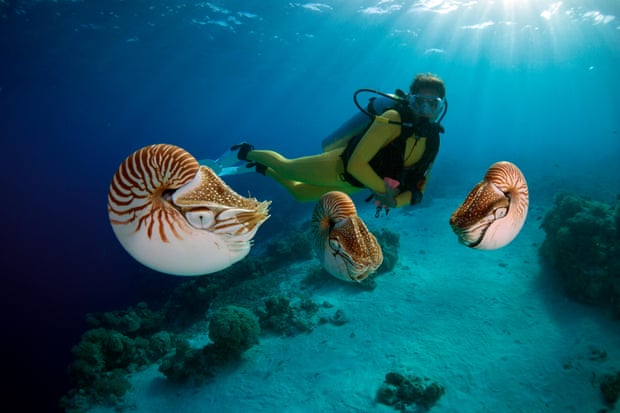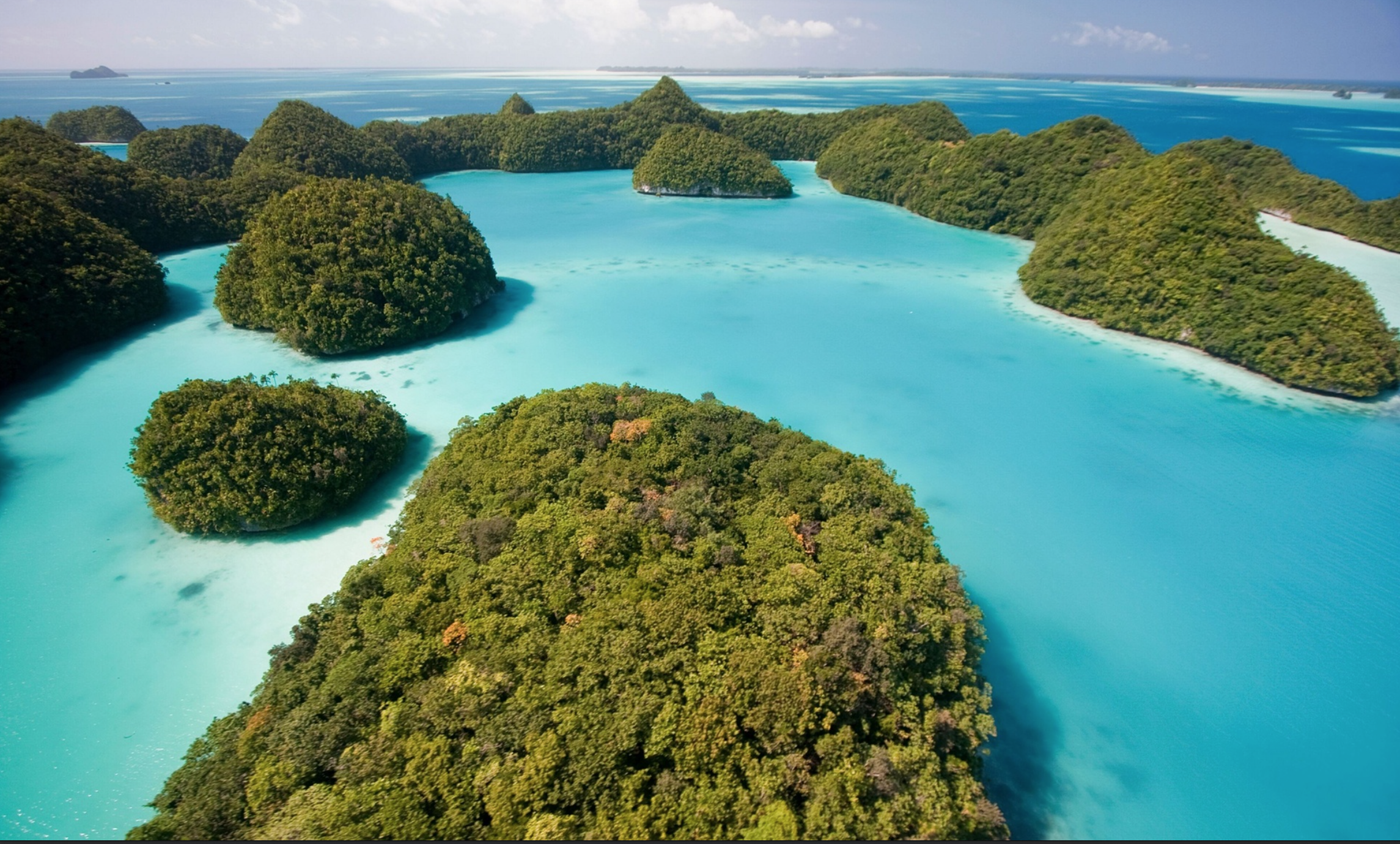The Guardian reports, the Pacific island nation of Palau decided to create a huge marine protected area, 500,000 sq km no-take area, which will be phased in over five years. Tourism, the local economy and biodiversity will benefit from the decision to phase out fishery. It obviously will become a world-leading LT&C-Example, which we will assess separately. First, read the original story of The Guardian by clicking on the link or look at the reprint below.
The recent decision by the Pacific island nation of Palau to end fishing in a California-sized swath of tuna-rich ocean comes at a time of record overfishing and will help the populations of bigeye and yellowfin to recover, scientists say.
Officials hope that the new reserve will boost sustainable tourism revenues as well as fish populations, as ordinary divers and even snorkelers will be able to experience the difference that protection measures can make.
Palau, a string of Micronesian islands just east of the Philippines, is one of the world’s top diving destinations, located by a deep trench where tourists can swim with large ocean-going species such as silky shark, pelagic rays, bigeye tuna, marlin and swordfish.
All of these species have been decimated by international fishing fleets (in Palau’s case from Taiwan and Japan) that are weakly regulated by the Western and Central Pacific Fisheries Commission, which manages 60% of the world’s tuna catch.
Bigeye, which can grow to a weight of 170kg and 2.5 metres in length, is prized by sashimi lovers, and is the main target of the longline fleet that dominates Palau’s waters. The species has been overfished for years and the spawning population is now down to 16% of its original size, according to the Oceanic Fisheries programme manager, John Hampton. His team has unsuccessfully recommended for years that the catch be reduced by a third.
The tuna target species (bigeye, yellowfin and albacore) are only about one-third of the take, according to estimates. The longliners deploy miles of lines with thousands of baited hooks that also catch silky and blue sharks, turtles, dolphinfish, barracuda, swordfish, sailfish and marlin – all species in decline.

Large as it may seem at 500,000 sq km, the Palau no-take area, which will be phased in over five years, is small compared to the distance most of these oceanic fish cover. But not all of them: A recent study of bigeye, for instance, found that about 10% were likely to spend their whole life in an area the size of Palau’s sanctuary.
Another unpublished study, co-authored by Daniel Pauly of the University of British Columbia, suggests that this 10% will grow as the “lazy” genes they pass on to their spawn allow them to survive and multiply.
“This shows that giant marine reserves can play a major role in mitigating overfishing even of ocean species that usually travel very long distances,” said Pauly.

This increase in density of ocean-going fish will mean that divers, who contribute about 40% to Palau’s economy, will have a more exciting experience – and therefore be prepared to pay a premium.
This would help balance the rising numbers of tourists with managing the resources they consume in a country of only 21,000 people. Numbers have gone up from 100,000 to 160,000 in five years – mostly non-divers from China – putting pressure on the reefs and infrastructure.
To offset an expected loss of revenues from fishing licences sold to the foreign longline fleet, the government is planning to double the exit fee that tourists pay at the airport to $100, increasing income and hopefully decreasing their numbers.
“We believe our future lies in high-end tourism, not fishing,” said Umiich Sengebau, the minister of natural resources, environment and tourism. “This sanctuary is in line with our promotion of ‘pristine paradise Palau’.”
In addition, Alan Friedlander, a marine biologist at the University of Hawaii who has studied Palau points out, the expected increase in the catch of oceanic species in the 20% of Palau’s waters where fishing is set to continue will alleviate pressure to fish in the near-shore reefs, where much of the seafood served to the tourists currently originates.
Steven Victor of the Nature Conservancy in Palau says that while the state has banned fishing in about a quarter of its reef-lined coastline and stocks are increasing there, they are decreasing in the rest.
“We know there will be benefits from this closure,” he said. “We just don’t know when.”



